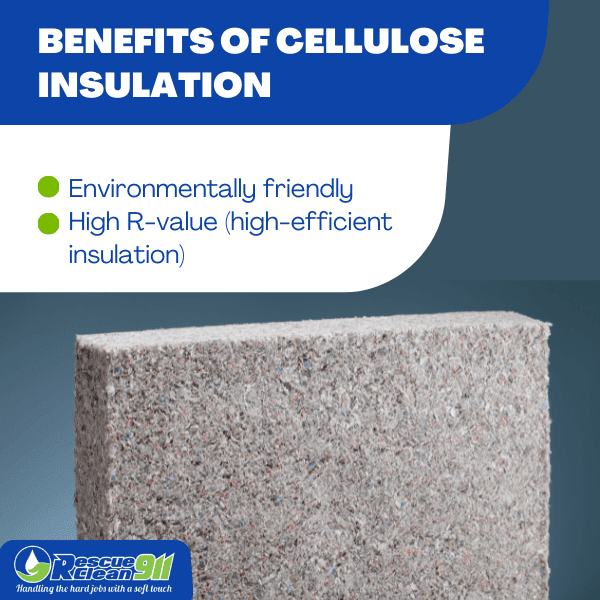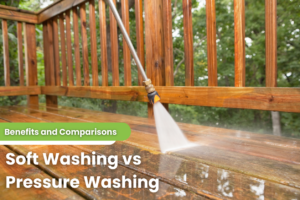What is black mold in insulation and what are the symptoms of exposure?
Black mold, also known as Stachybotrys chartarum is a fungus that can grow in damp and humid conditions.
Black mold produces spores that can be inhaled. Exposure to these spores can cause a variety of health problems, including:
- allergic reactions
- respiratory infections, and
- even neurological problems.
Symptoms of black mold exposure include coughing, sneezing, watery eyes, runny nose, difficulty breathing, headaches, fatigue, and skin irritation.
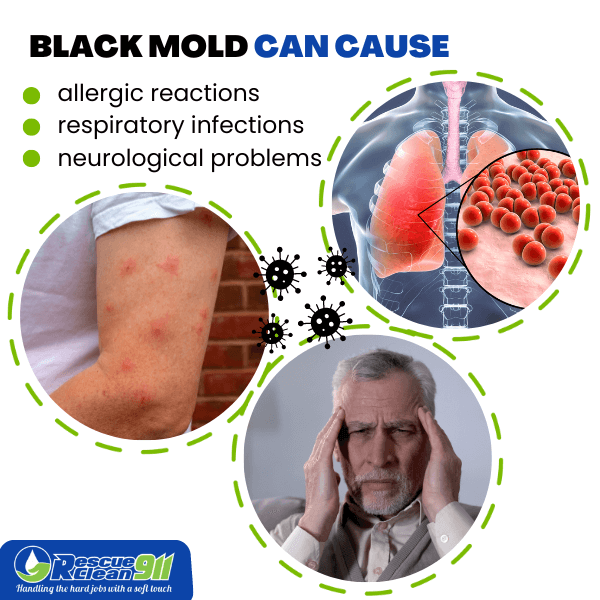
What Causes Black Mold In Insulation?
Mold is caused by high humidity and moisture levels, which can result from poor ventilation or water infiltration. Toxic black mold is a particular type of mold that can harm your health. It can also grow in fiberglass insulation that is made of paper.
There are several steps you can take to prevent black mold in insulation:
- Ensure your home is adequately ventilated, and use an exhaust fan in the bathroom and kitchen.
- Fix any leaks or water infiltration as soon as possible.
- Keep your home clean and dry, and immediately clean up any spills or leaks.
- Remove any insulation that has been contaminated by mold.
Rescue Clean 911 is the #1 company mold damage restoration company in Wellington that helps homeowners resolve their mold problems at an affordable rate.
We helped thousands of homeowners by preventing mold growth in insulation. We offer mold inspection, water damage, and bio-hazard.
Call us at 561-425-6700 for further details and mold insulation removal.
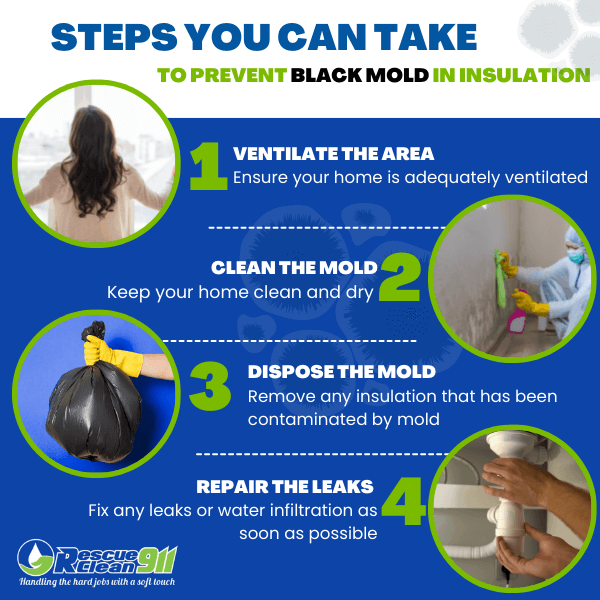
How to Prevent Black Mold In Your Insulation
Black mold in insulation is a common problem, particularly in older homes. The most common causes of insulation mold growth are water infiltration and inadequate home insulation.
To prevent heavy mold growth in insulation, you should ensure:
- Your home is appropriately insulated, and any water infiltration is addressed promptly. Check also indoor air quality for mold prevention.
- You should also check your insulation regularly for signs of moisture or mold and take corrective action if necessary.
If you have black mold in your insulation, you should remove it immediately and dispose of it properly. You should also take steps to prevent future mold growth, such as fixing any leaks or moisture problems and increasing ventilation.
Insulation is an important part of your home, and you should prevent black mold from growing in it. You can keep your insulation healthy and free of mold by taking some simple precautions.
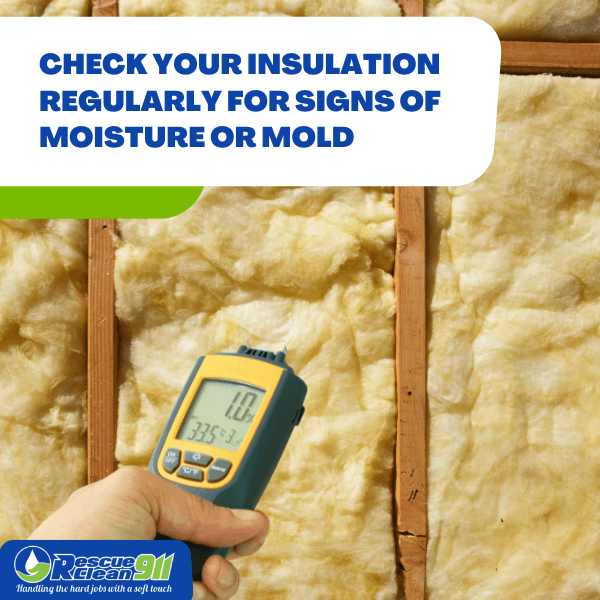
How does black mold form and where is it most likely to grow?
Black mold can form in damp and humid conditions with little ventilation. It is most commonly found in homes that have flooding or water damage, as well as in buildings that have high humidity levels.
You can also find black mold in HVAC systems, carpeting, wallpaper, and attic insulation.
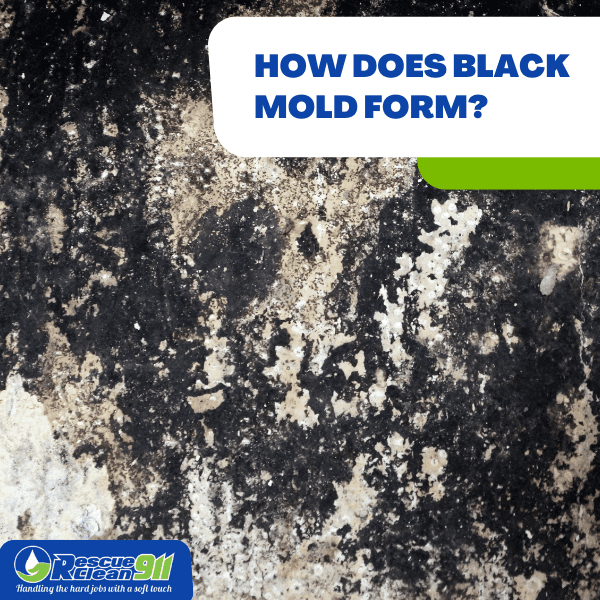
What to Do If You Already Have Black Mold in Your Insulation
If you have black mold in your insulation, you should immediately take action. Black mold can be dangerous and can cause several health problems. You may need to call a professional to remove the mold, and you may also need to replace and install new insulation.
Here are a few things you can do if you have black mold in your insulation.
1. Remove the Mold
The first thing you need to do is remove the mold from your insulation. You can do this yourself, or you can call a professional. If you decide to remove the mold, take all the necessary safety precautions.
Wear a respirator, gloves, and eye protection. It would be best if you also opened all the windows and doors to ventilate the area.
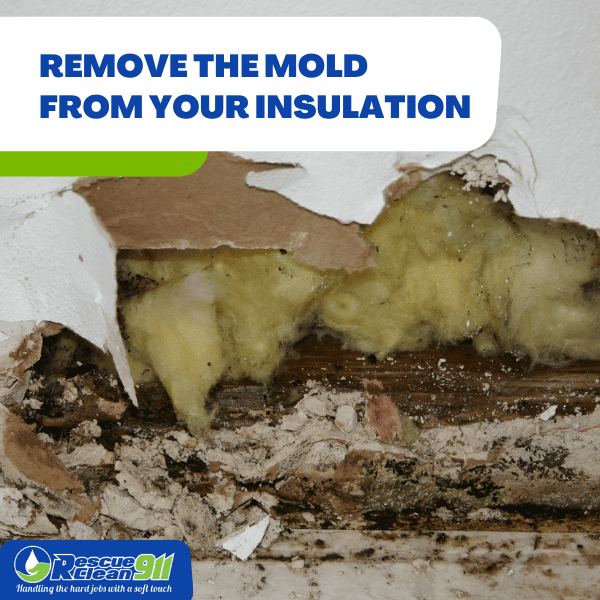
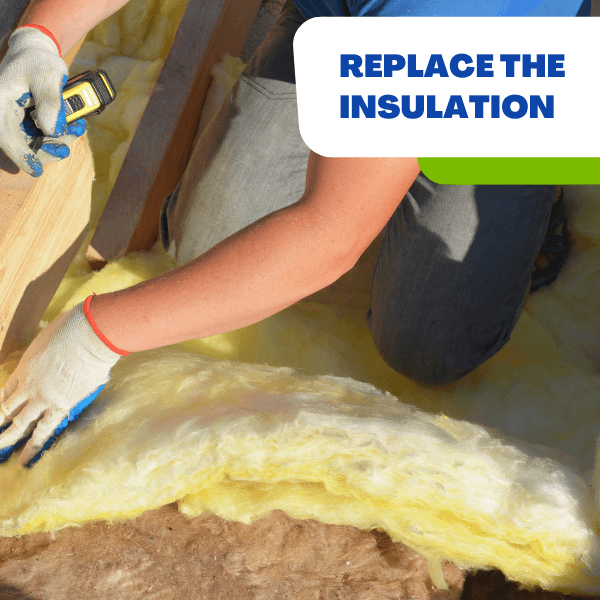
2. Clean the Area
Once you’ve removed the mold, you need to clean the area where it was growing. Use a solution of bleach and water to kill any remaining mold spores. You should also throw away any absorbent materials, like rags or sponges, that you used to clean up the mold.
3. Replace the Insulation
You’ll need to replace it if you have affected insulation. Mold can damage it and make it less effective at doing its job. You should consult a professional to see if your insulation needs to be replaced.
They will use closed cell foam to press the cell together, to stop air and moisture from entering.
4. Prevent Future Mold Growth
Once you’ve removed the mold and cleaned the area, you need to take steps to prevent future mold growth. Ensure you keep the area clean and dry, and ventilate any moist areas. You should also fix any leaks or moisture problems causing the mold to grow.
Benefits of Cellulose Insulation
Cellulose insulation is made from recycled materials like newspaper and cardboard. It is one of the most environmentally friendly types of insulation because it is made from renewable resources. It also has a high R-value, which means it can help your home stay warm in the winter and cool in the summer.
Another benefit of cellulose insulation is that it is treated with fire retardants. It means that it will not contribute to a fire if your home catches on fire. It is also mold and mildew-resistant, which can help you avoid problems with black mold in your insulation.
Black mold in insulation can be extremely dangerous to your health. It’s important to remove the mold immediately.
We offer safe and effective Mold Removal services that will get rid of all the black mold in your home quickly and efficiently. You won’t have to worry about your family’s safety anymore.
Contact us today for a free consultation on our Mold Removal services!
